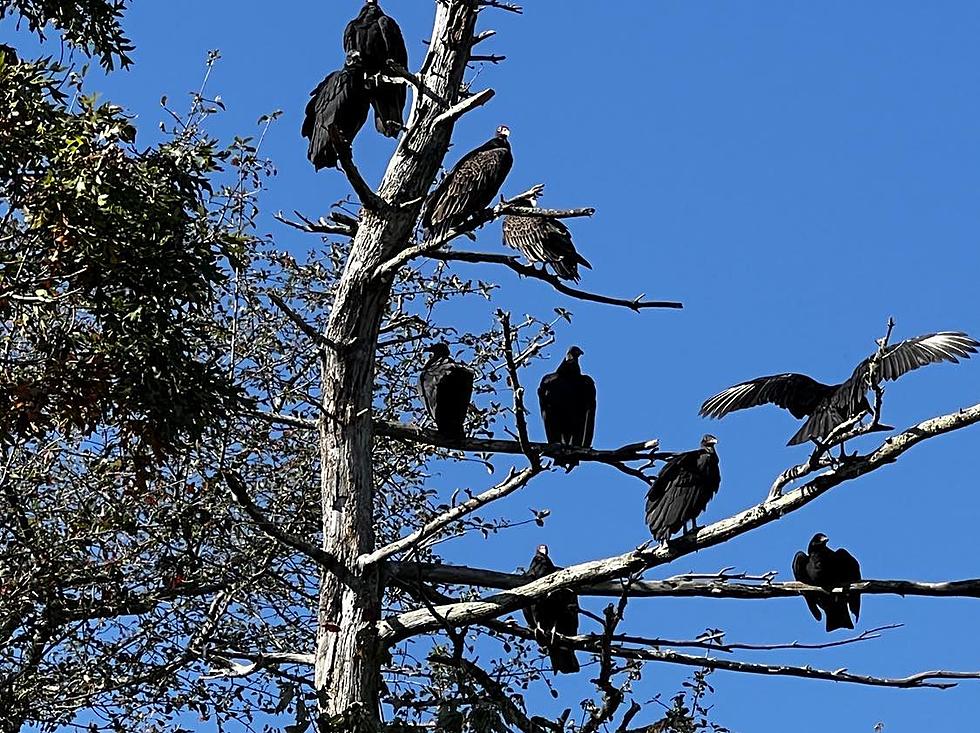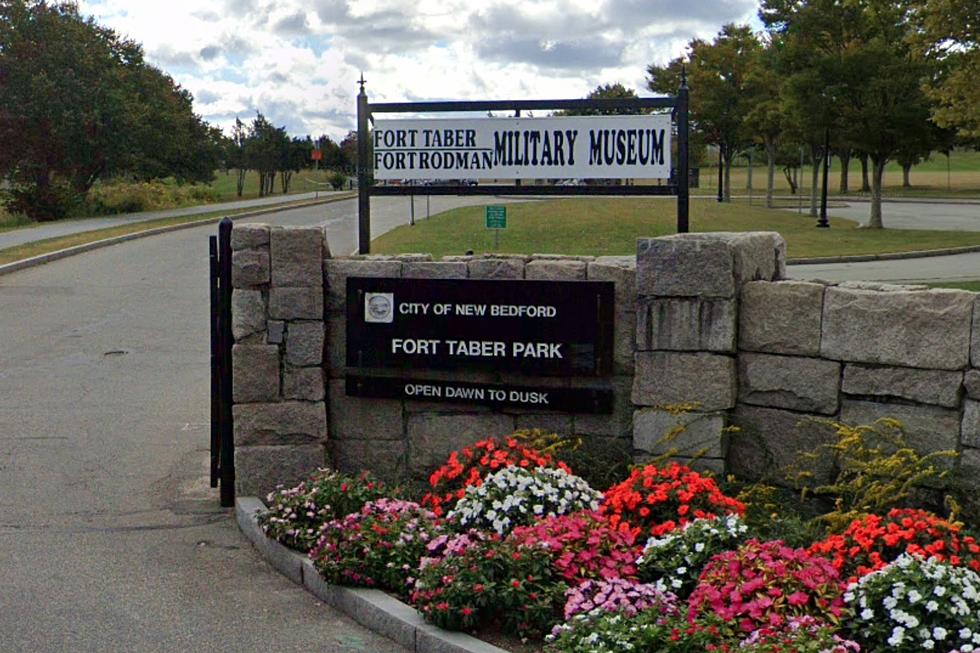
New Bedford Is Home to Some Creepy-Looking Turkey Vultures
I recently found myself heading south on Shawmut Avenue north of Hathaway Road, an area that reminds me of Port-au-Prince, Haiti or some other third-world hamlet.
The aromatic stench of trash, the wet, mud-covered pavement glistening in the midday sun, and the eye candy that is beat-up trash trucks and old crushed automobiles would excite any newcomer entering the city from the New Bedford Regional Airport just up the road.
When it seemed my senses had absorbed all of the niceties this area could offer me, something caught my eye. What was it I saw up in that dead tree to my right?
Stopping short, I backed up for another look, and then turned the car around for a better view out my driver's side window.
There they were, filling the branches of a dead tree, standing among the soot and dirt-covered evergreens: dozens of vultures basking in the late morning sunshine.
Some of them were clearly looking down at me. If vultures have lips, I'm sure they were licking them as they watched me looking up at them.

Vultures live in old Vincent Price movies and in the desert, where they perch on a dead tree limb, waiting for their next meal to die.
Yet here I was, looking up at a dead tree full of vultures on Shawmut Avenue in New Bedford.
It seems these critters are turkey vultures and are not uncommon in Massachusetts. They are a protected species.
BirdWatchingHQ.com says the birds, also known as turkey buzzards, "are incredibly important to the environment because they eat dead animals that most other predators can't stomach."
"At night, turkey vultures gather together to roost. Dozens of birds may roost together," according to Mass Audubon.
Somehow, the buzzards are a good fit on this stretch of Shawmut Avenue.
WATCH OUT: These are the deadliest animals in the world
LOOK: Stunning animal photos from around the world
Gallery Credit: Nicole Caldwell
More From WBSM-AM/AM 1420









